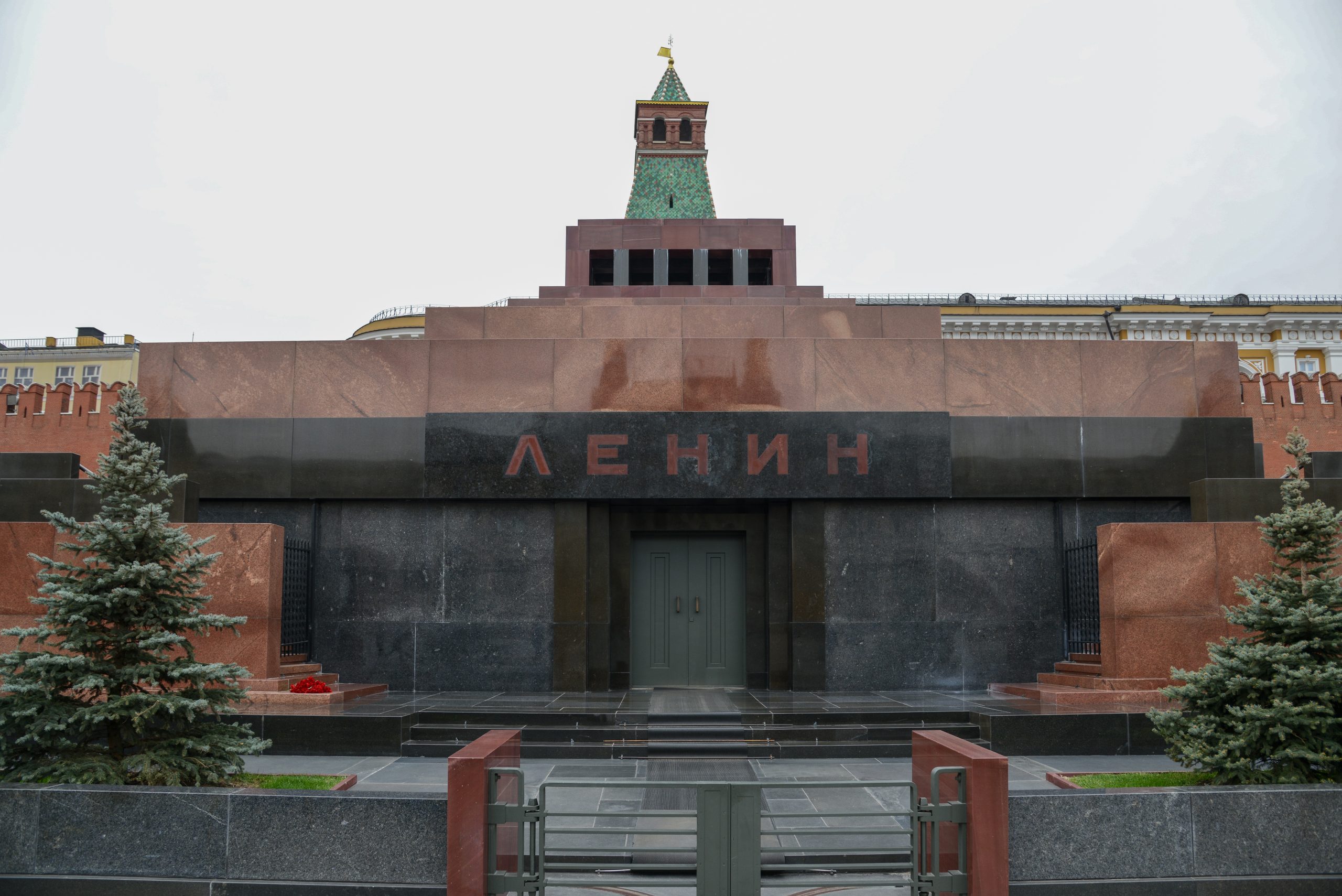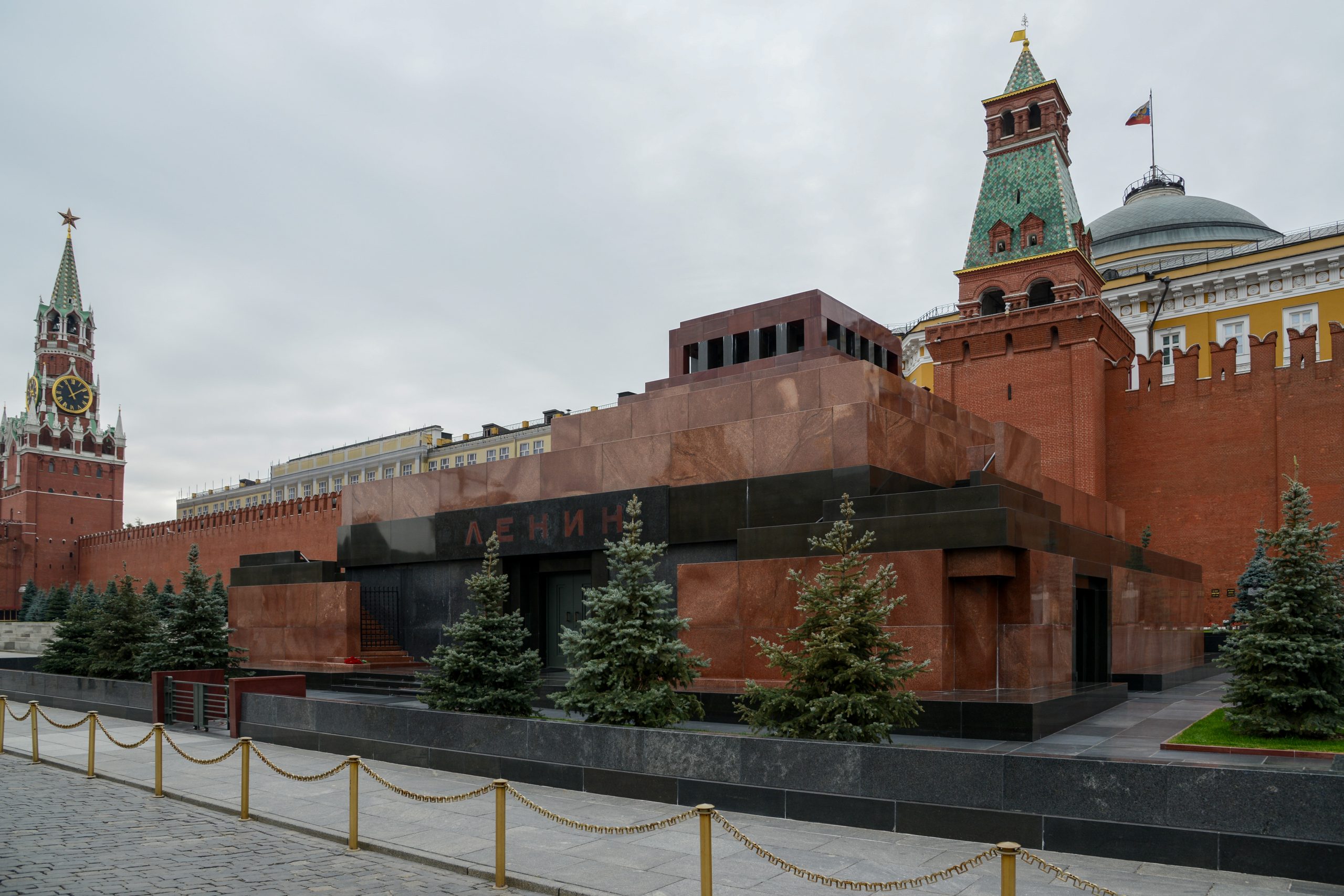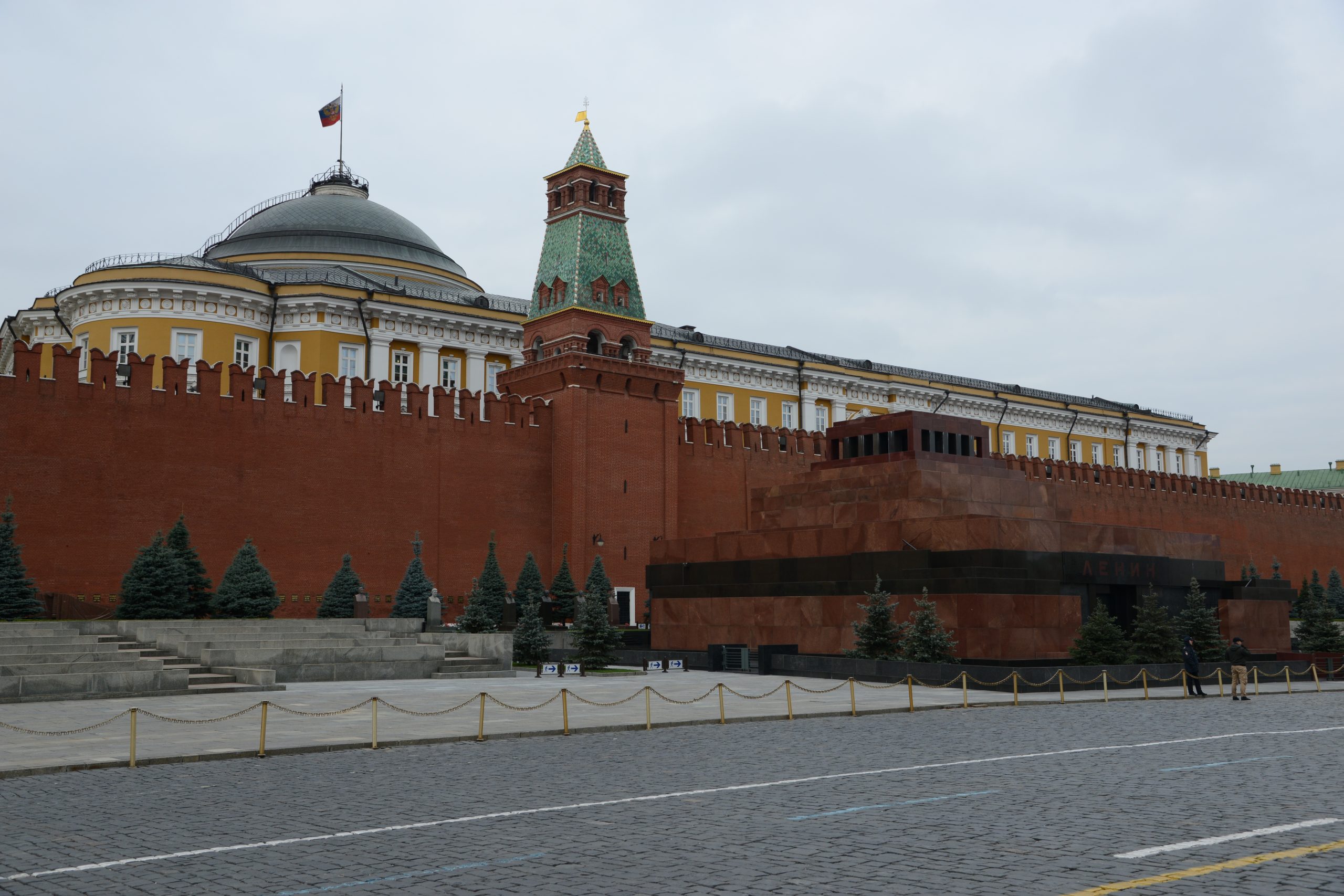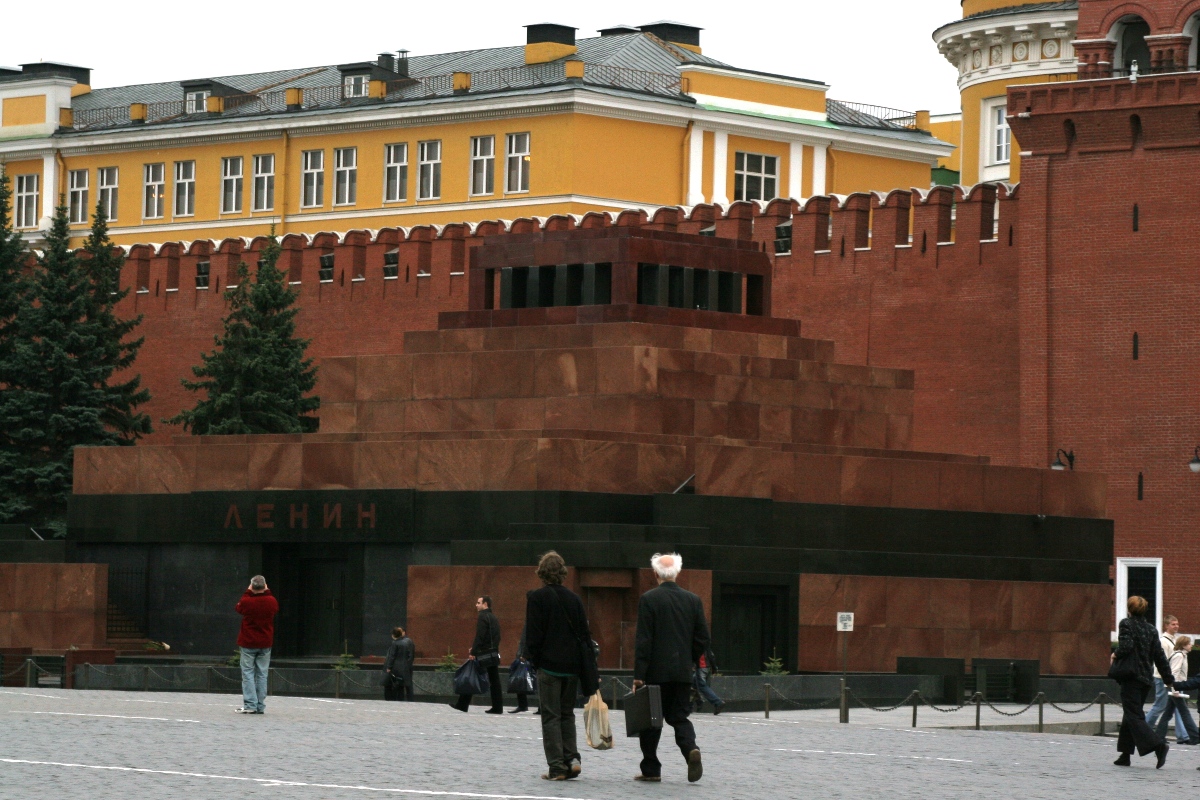The Tomb of Lenin, also known as Lenin’s Mausoleum, stands in the heart of Moscow, in Red Square. It is the final resting place of Vladimir Lenin, the founder of the Soviet Union. His body has been on public display almost continuously since his death in 1924. The mausoleum itself is a notable example of Soviet architecture, combining elements of futurism and symbolism. It has become a symbol of the Soviet era and remains a site of political significance in Russia.
Get your dose of History via Email
Historical Background of the Tomb of Lenin
After Lenin’s death in January 1924, the Soviet government decided to preserve his body and display it for posterity. The architect Alexey Shchusev received the task of designing the mausoleum that same year. Initially, a temporary wooden structure housed Lenin’s body, which was later replaced by the current granite and marble structure.
Shchusev designed the mausoleum, which was built by the Soviet state. The construction of the permanent structure was completed in 1930. The mausoleum has served as a pilgrimage site for communists and a place of Soviet state ceremonies. Notably, it was from atop the mausoleum that Soviet leaders would observe military parades.

Over the years, the mausoleum has undergone several renovations to maintain the integrity of the structure and the preservation of Lenin’s body. The body itself has been subject to a complex embalming process to keep it in a state of perpetual display. This process has been carried out by a dedicated team of scientists.
The mausoleum has also been a focal point during significant historical events. For instance, during the fall of the Soviet Union, there was much debate about whether Lenin’s body should remain on display. Despite varying opinions, the mausoleum and Lenin’s body have remained a fixture in Red Square.
While the mausoleum is a symbol of the Soviet era, it has also been a subject of controversy. Some view it as a reminder of the Soviet regime’s oppressive history, while others see it as an important historical artifact. The mausoleum remains open to the public, attracting thousands of visitors each year.

About the Tomb of Lenin
The Tomb of Lenin is an iconic structure made of red granite, black labradorite, and other materials. Its design is a striking example of Constructivist architecture, characterized by geometric shapes and a lack of ornamental features. The mausoleum’s pyramid-like shape is symbolic, intended to convey the idea of Lenin’s immortality.
The interior of the mausoleum is dimly lit, creating a somber atmosphere for visitors viewing Lenin’s body. The sarcophagus holding Lenin’s body is made of glass, allowing for clear visibility. The body lies in a suit, with hands crossed over the chest, and is meticulously maintained.

Despite its austere appearance, the mausoleum is a complex structure. It includes a lab where the embalming process is refined and applied. The preservation of Lenin’s body is a scientific endeavor, with techniques that have evolved over the years.
Theories and Interpretations
Some historians suggest that the mausoleum was intended to serve as a symbol of the enduring nature of the communist ideology. Others interpret it as a manifestation of the personality cult surrounding Lenin.
The decision to embalm Lenin and display his body has been the subject of much speculation. Some believe it was meant to provide a sense of continuity for the nascent Soviet state. Others argue it was a way to legitimize the authority of the Communist Party by linking it to Lenin’s legacy.

At a glance
Country: Russia
Civilization: Soviet Union
Age: Constructed in 1930 (20th century AD)
Conclusion and Sources
Reputable sources used in the creation of this article include:

